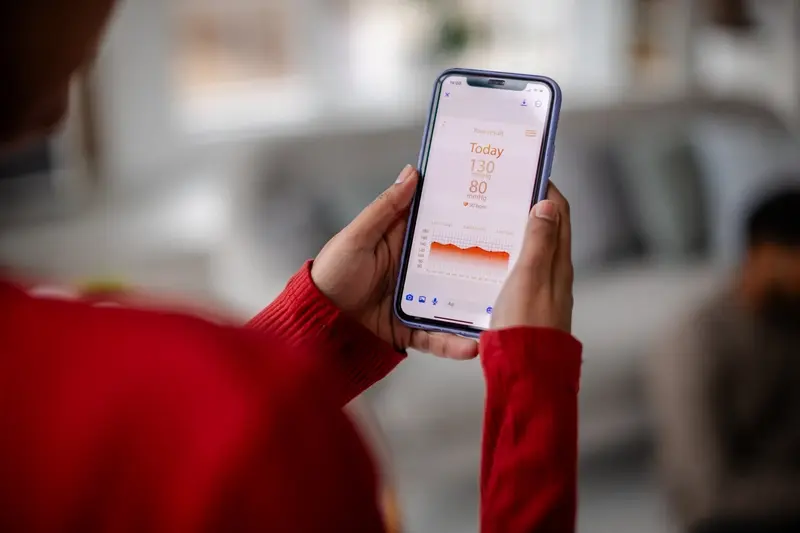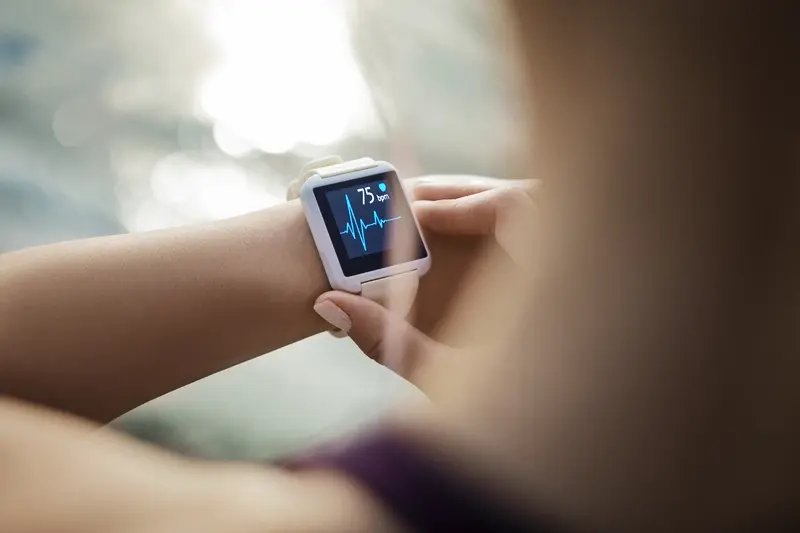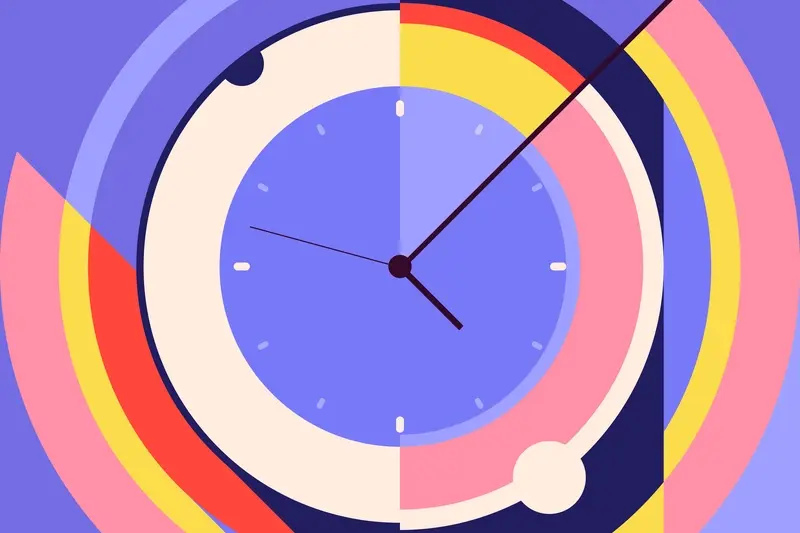How Long Does It Take To Develop A Telemedicine App?
Not too long ago I was chatting with a client who runs a busy GP practice in Manchester. She'd been watching patients struggle with long waiting times and wanted to build a healthcare app that could handle video consultations and prescription requests. Her first question was simple: "How long will this take?" It's the same question I hear from almost every healthcare professional who walks through our doors, and honestly, it's one of the trickiest to answer.
Building a telemedicine app isn't like ordering a pizza—there's no standard 30-minute delivery time. The development timeline for your healthcare app depends on so many moving parts it can make your head spin. Are you building a basic video calling app or a comprehensive medical technology platform? Do you need electronic health record integration? What about prescription management? Each feature adds time, complexity, and cost to your project.
The biggest mistake healthcare organisations make is underestimating how long compliance and security requirements will add to their development timeline
What makes healthcare apps particularly challenging is the regulatory side of things. You're not just building any old mobile app—you're handling sensitive patient data, which means GDPR compliance, clinical governance, and potentially MHRA approval. These aren't quick box-ticking exercises; they require careful planning and implementation that can significantly extend your development timeline. But don't worry, we'll walk through everything you need to know.
Understanding the Telemedicine App Development Process
Building a telemedicine app isn't like creating a simple game or social media platform—there's a lot more at stake when you're dealing with people's health. Over my years working with healthcare clients, I've learnt that the development process follows a fairly structured approach, but each project brings its own unique challenges.
The whole process typically starts with discovery and research; you need to understand who will use your app, what medical services you're providing, and which regulations you'll need to follow. This phase can take anywhere from 2-4 weeks depending on how complex your requirements are.
The Core Development Stages
Once you've got your requirements sorted, the actual development follows these main stages: wireframing and prototyping (usually 2-3 weeks), UI/UX design (3-4 weeks), backend development where all the medical data gets processed securely (6-10 weeks), and frontend development for what users actually see and interact with (4-8 weeks).
Testing and Compliance Work
Here's where telemedicine apps differ massively from other apps—the testing and compliance phase can't be rushed. You're looking at rigorous security testing, medical device integration testing if needed, and ensuring everything meets healthcare standards like HIPAA. This phase alone can take 4-6 weeks because there's simply no room for error when handling patient data.
Planning Your Healthcare App Features and Requirements
When I start working on a healthcare app project, the biggest mistake I see clients make is trying to cram every possible medical feature into their first version. Trust me, I've been there—watching budgets spiral and development timelines stretch beyond recognition because someone thought their telemedicine app needed everything from symptom checkers to prescription management on day one.
The smart approach is starting with your core problem. Are you solving appointment booking chaos? Making doctor consultations more accessible? Helping patients track medications? Pick one primary function and nail it perfectly before adding bells and whistles.
Must-Have Features vs Nice-to-Have
Your healthcare app will need user registration and secure messaging at minimum—that's non-negotiable. Video calling capabilities come next if you're building telemedicine functionality. Patient records, appointment scheduling, and basic payment processing round out the essentials.
Features like AI symptom analysis, wearable device integration, or advanced analytics? Save those for version two. Each additional feature adds weeks to your development timeline and complexity to your medical technology stack.
Write down every feature idea, then ruthlessly cut 70% of them. Your users will thank you for a simple, reliable app over a confusing Swiss Army knife.
Design and User Experience Considerations for Medical Apps
When I'm working on healthcare apps, the design process feels completely different from building a shopping or social media app. You're not just thinking about making something look pretty—you're designing for people who might be stressed, unwell, or dealing with family medical emergencies. The stakes are higher and the margin for error is smaller.
The interface needs to be clean and simple. Really simple. If your grandmother can't figure out how to book an appointment or check her test results within thirty seconds, you've probably overcomplicated things. Large buttons, clear fonts, and plenty of white space aren't just nice design touches—they're necessities when someone's hands might be shaking or their vision isn't perfect.
Accessibility Should Drive Every Decision
Medical apps must work for people with disabilities, visual impairments, or limited mobility. This means proper colour contrast ratios, text that scales properly, and voice control options. I always test with screen readers during development because what sounds fine in your head often doesn't work in practice.
Trust Building Through Visual Design
Healthcare is built on trust, and your app's design needs to reflect that immediately. Professional colour schemes, consistent branding, and clear privacy indicators help users feel confident they're in safe hands. One poorly designed screen can undermine years of medical expertise.
Technical Development Phases and Programming Requirements
Now we get to the meaty bit—the actual coding and building of your healthcare app. This is where your development timeline really starts to take shape, and trust me, there's quite a bit more to it than just writing some code and calling it done.
The technical development of a telemedicine app typically breaks down into three main phases: backend development, frontend development, and integration work. Your backend team will be building the server infrastructure, databases, and APIs that power everything behind the scenes—this usually takes 8-12 weeks for a robust healthcare app. The frontend development, where your users actually interact with the app, runs alongside this and takes roughly the same time.
Core Programming Considerations
Medical technology demands rock-solid performance and security from day one. Your developers need to implement HIPAA-compliant data encryption, secure video calling capabilities, and reliable patient record management systems. These aren't nice-to-have features; they're absolutely non-negotiable.
The technical complexity of healthcare apps means you can't cut corners—patient safety and data security must drive every programming decision
Real-time features like video consultations require additional development time—expect another 4-6 weeks just for getting the video calling stable and secure. Integration with existing healthcare systems or third-party services can add another 2-4 weeks, depending on how cooperative those systems are feeling!
Testing and Quality Assurance for Healthcare Applications
Testing medical apps isn't like testing your average game or social media platform—there's a lot more at stake here. When someone's health is on the line, every button press, every data transfer, and every notification needs to work perfectly. I've seen apps fail spectacularly because developers skipped proper testing, and trust me, you don't want to be explaining to users why their appointment booking didn't work or why their medical records got mixed up.
The testing process for telemedicine apps typically takes 3-6 weeks, depending on how complex your features are. You'll need to test everything from video calls working smoothly on different devices to making sure patient data stays secure when it's being sent between doctors and patients. Testing also includes checking that your app works properly on various phones, tablets, and operating systems—because not everyone has the latest iPhone.
Key Testing Areas for Medical Apps
- Security testing to protect patient information
- Performance testing for video consultations
- Device compatibility across different smartphones
- Data accuracy for medical records
- User interface testing for accessibility
- Integration testing with existing hospital systems
Quality assurance teams will also simulate real-world scenarios—what happens when someone loses internet connection during a consultation? Does the app handle poor video quality gracefully? These aren't just nice-to-have features; they're requirements that can make or break your app's success in the healthcare market.
Regulatory Compliance and Security Implementation
Getting your healthcare app past the regulatory hurdles is probably one of the most nerve-wracking parts of the entire development timeline. I won't sugarcoat it—this phase can add anywhere from 3-6 months to your medical technology project, but skipping it isn't an option.
HIPAA compliance sits at the heart of every telemedicine platform in the US, whilst GDPR governs European healthcare apps. These aren't just tick-box exercises; they're fundamental requirements that protect patient data and your business from devastating legal consequences.
Security Implementation Priorities
Your development team needs to build security into the app's foundation, not bolt it on afterwards. End-to-end encryption, secure authentication systems, and audit trails must be coded from day one. I've seen too many projects have to rebuild entire backend systems because security was treated as an afterthought.
- Data encryption both at rest and in transit
- Multi-factor authentication for healthcare providers
- Automated session timeouts
- Comprehensive audit logging
- Regular security penetration testing
Regulatory Documentation
The paperwork alone can be overwhelming—risk assessments, privacy impact assessments, and compliance documentation all need completing before launch. Your legal team should be involved from the planning stage, not when you're ready to go live.
Start your regulatory compliance planning during the design phase, not after development. This approach saves months of potential rework and keeps your healthcare app development timeline on track.
Launch Preparation and Post-Development Support
Getting your telemedicine app ready for launch isn't just about clicking a publish button—there's quite a bit of preparation involved. You'll need to set up your app store listings, prepare marketing materials, and make sure your support systems are ready for incoming users. Most developers forget about this phase when planning timelines, but it can add another 2-3 weeks to your project.
Pre-Launch Checklist
Your app store submissions need careful attention. Apple's App Store can take up to 7 days for review, whilst Google Play is usually faster at 1-3 days. Healthcare apps often face additional scrutiny, so don't be surprised if you get rejected on your first attempt—it happens to the best of us!
- Complete app store metadata and screenshots
- Prepare privacy policy and terms of service
- Set up analytics and crash reporting tools
- Configure push notification systems
- Test payment processing in live environment
- Train your customer support team
Ongoing Maintenance Requirements
Here's what many people don't realise—launching your app is just the beginning. Telemedicine apps require ongoing maintenance including security updates, bug fixes, and feature improvements. Budget for at least 15-20% of your initial development cost annually for proper maintenance and support.
Conclusion
After spending years working on healthcare app projects, I can tell you that developing a telemedicine application isn't something you rush into. The development timeline for a medical technology project like this typically spans 8-18 months—and that's being realistic, not optimistic. You're not just building any old app; you're creating something that handles people's health data and connects them with medical professionals.
The biggest factor that affects your healthcare app timeline? Planning. I've seen projects drag on for months because teams didn't properly map out their requirements upfront. Features like video consultations, prescription management, and patient records all need careful consideration—each one adds complexity to your development timeline. Then there's the regulatory side of things, which can't be an afterthought.
Medical technology projects demand extra attention to security, compliance, and testing phases. GDPR compliance alone can add weeks to your timeline, and that's before we even talk about medical device regulations. But here's the thing—cutting corners on these areas isn't an option when you're dealing with healthcare data.
My advice? Plan for the longer timeline and use that time wisely. A well-built healthcare app that launches a few months later is infinitely better than a rushed one that puts patient data at risk.
Share this
Subscribe To Our Learning Centre
You May Also Like
These Related Guides

What's The Difference Between Building A Fitness App And A Nutrition App?

Should My Wellness App Integrate With Wearable Devices Like Apple Watch?



